Grading the Packers: Defensive Line
GREEN BAY, Wis. – Player grades are a staple series of stories at the end of every NFL season. Ours are different, as we grade based on their impact relative to the salary cap. That’s because the cap is such a big part of building a roster. Not only must a team’s high-priced players deliver but it must have some of its less-expensive players outperform their contracts.
Generally, the Green Bay Packers got high marks from both groups in posting their third consecutive 13-win season, though too many fell flat in the playoffs.
This series continues with the defensive line. All salary data is from OverTheCap.com. Advanced stats are from Pro Football Focus and the NFL. Of note are two of those stats. One is run-stop percentage. It essentially measures impact tackles and mirrors the Packers’ win-loss stat. What’s a win (or run stop)? A first-and-10 tackle that holds the play to 3 yards, a second-down tackle that holds the play to less than half the required yardage and any third-down tackle that prevents a first down is a win. Another PFF metric is pass-rushing productivity, which measures sacks, hits and hurries per pass-rushing snap.
Grading the Defensive Line
Kenny Clark ($6.98 million cap charge; ranking No. 21 among interior defensive linemen)
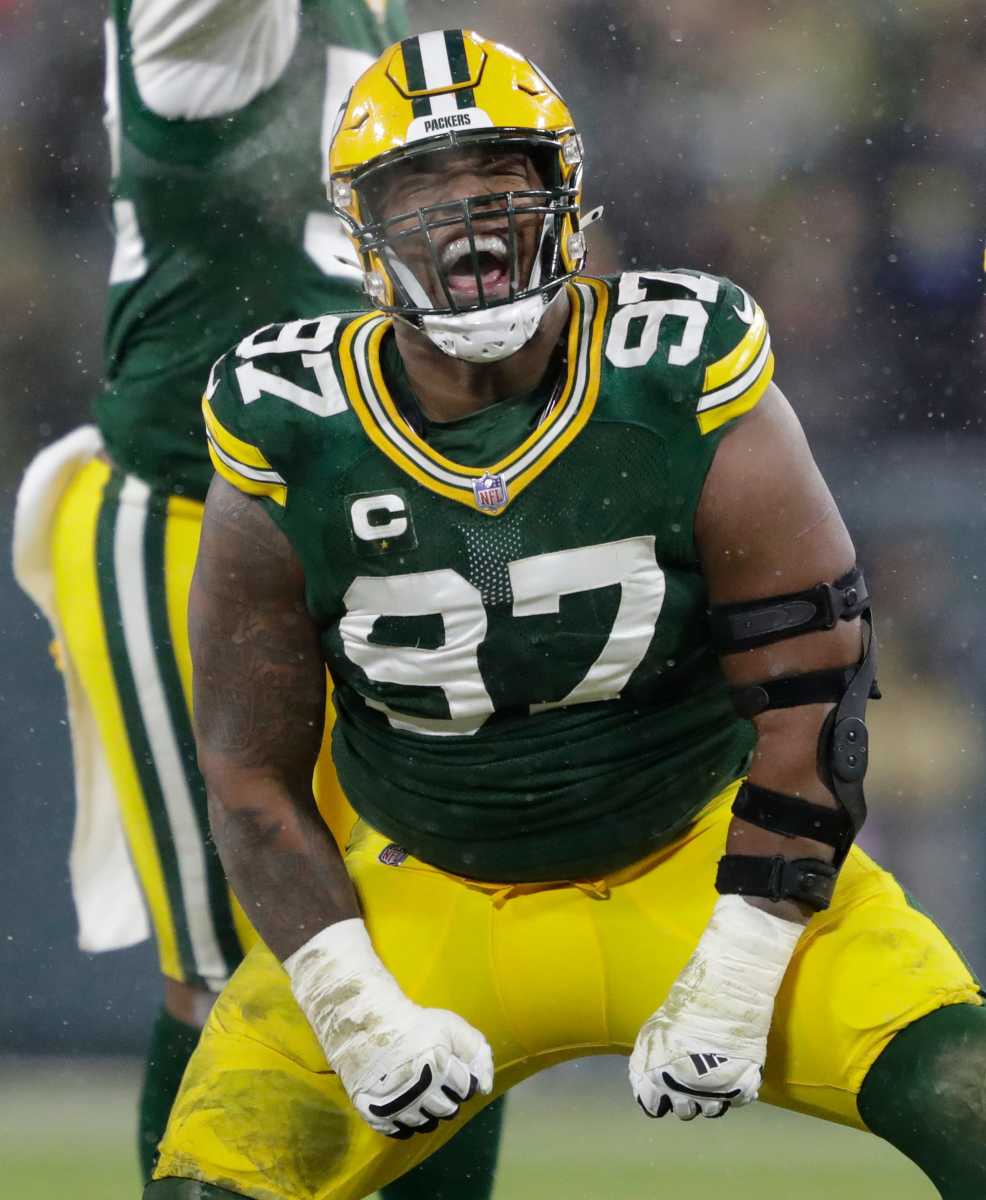
Just like he did in 2019, Clark earned Pro Bowl honors by rushing the passer and commanding double teams. Clark recorded 48 tackles, four sacks, six tackles for losses and 13 quarterback hits. That’s better than his 42 tackles, two sacks, three tackles for losses and six quarterback hits in 2020 but not as good as his 62 tackles, six sacks, nine tackles for losses and seven quarterback hits in 2021.
As a pass rusher, he was really good. While the sack total was nothing to write home about, he finished fourth interior defensive linemen with a career-high 67 pressures, according to PFF. In its pass-rushing productivity, he ranked eighth out of 127 interior defenders with at least 136 rushes (TJ Slaton’s number).
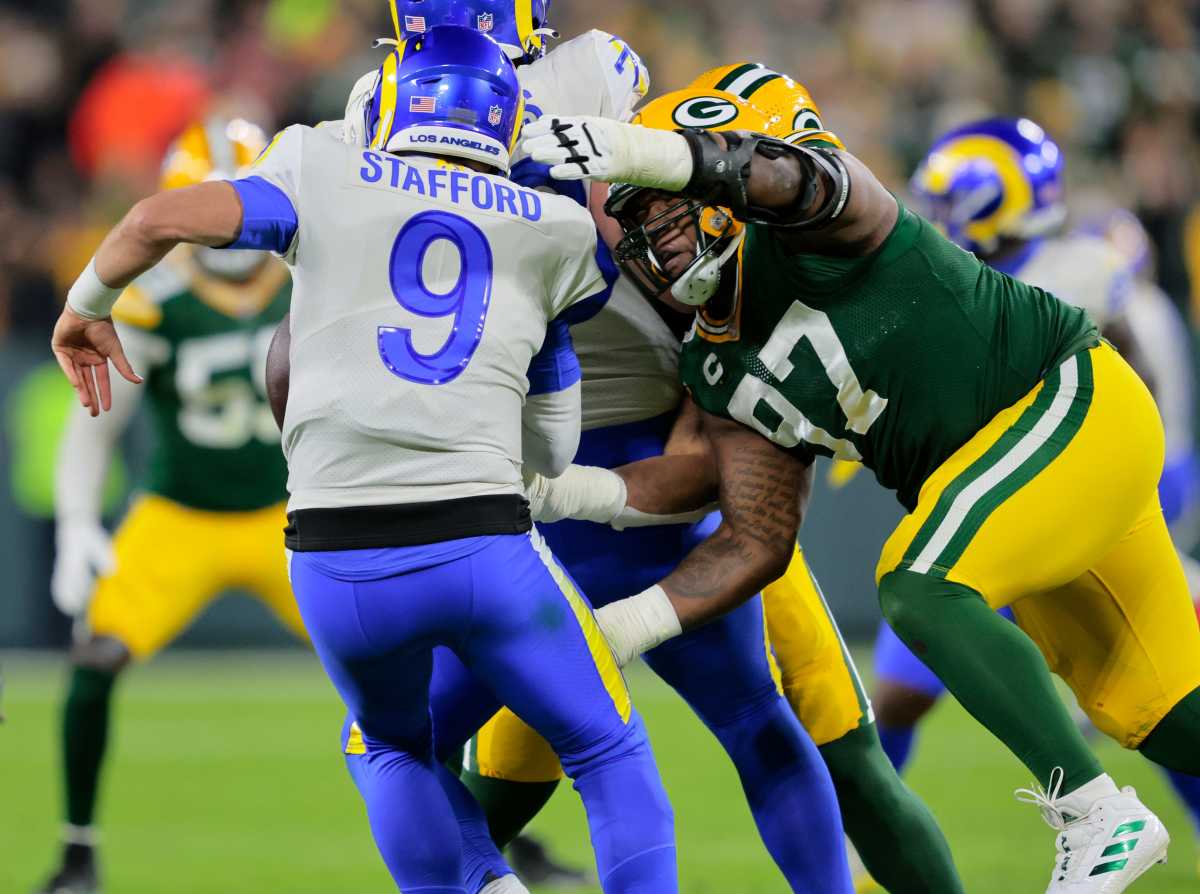
His run defense wasn’t quite as good as it was in 2019, though. Of 135 interior defenders who played at least 114 snaps on run defense (Slaton’s number), he tied for 31st with a run-stop percentage of 9.2 and tied for 40th with an average tackle distance of 2.1 yards downfield. Statistically, Green Bay’s run defense was no better with Clark in the lineup than when he was off the field.
Clark was a workhorse, logging 80 percent playing time in 13 games. Among all interior defenders, he ranked 12th with 781 snaps. His tackle rate was one for every 16.3 snaps. As good as he is, there’s room for improvement.
Grade: B.
Dean Lowry ($3.81 million cap charge; ranking No. 43 among IDL)
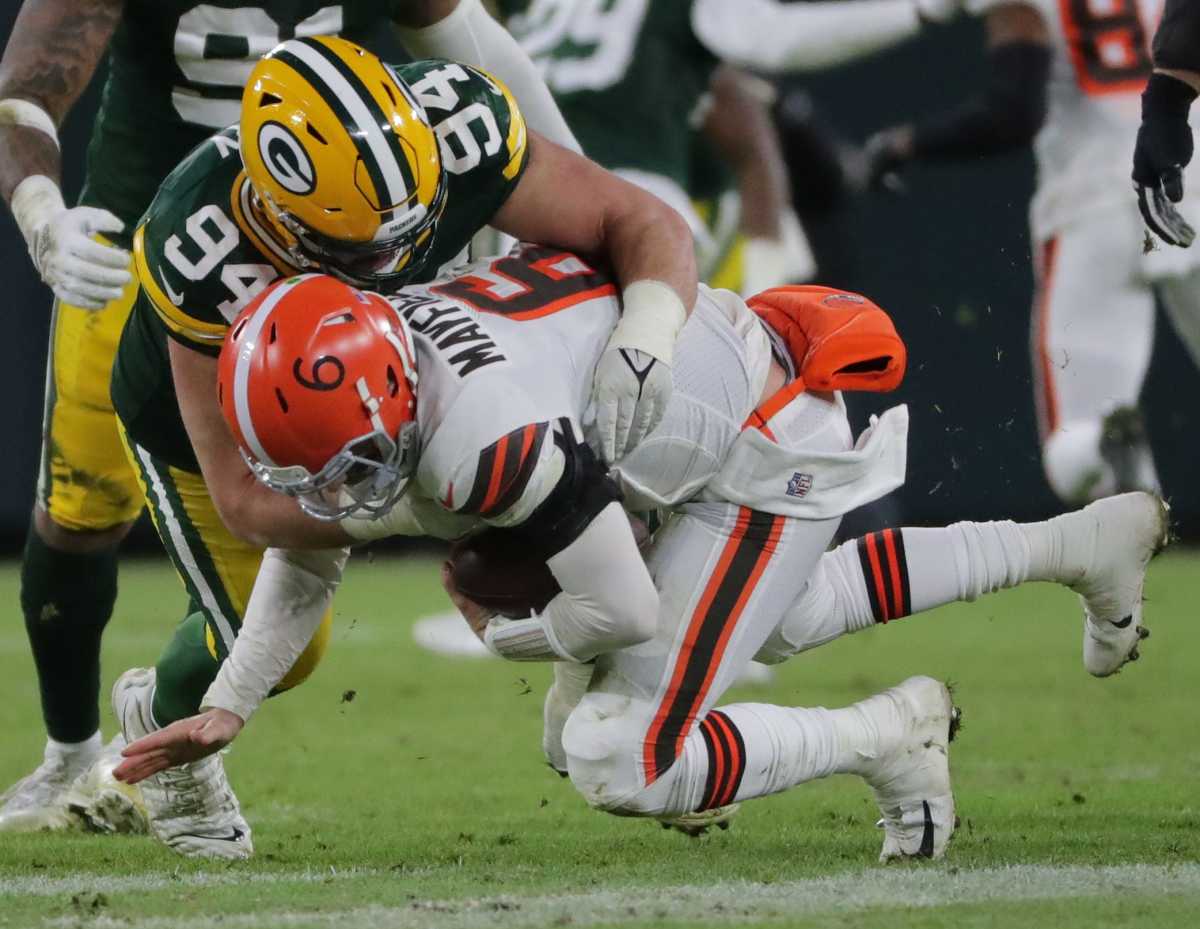
Lowry started every game for a third consecutive season. Along with his 42 tackles, he set a career high with five sacks. After a combined three sacks, six quarterback hits and four tackles for losses in 32 games in 2019 and 2020, Lowry had the five sacks, nine quarterback hits and five tackles for losses in 2021. So, from a splash-play perspective, Lowry was excellent.
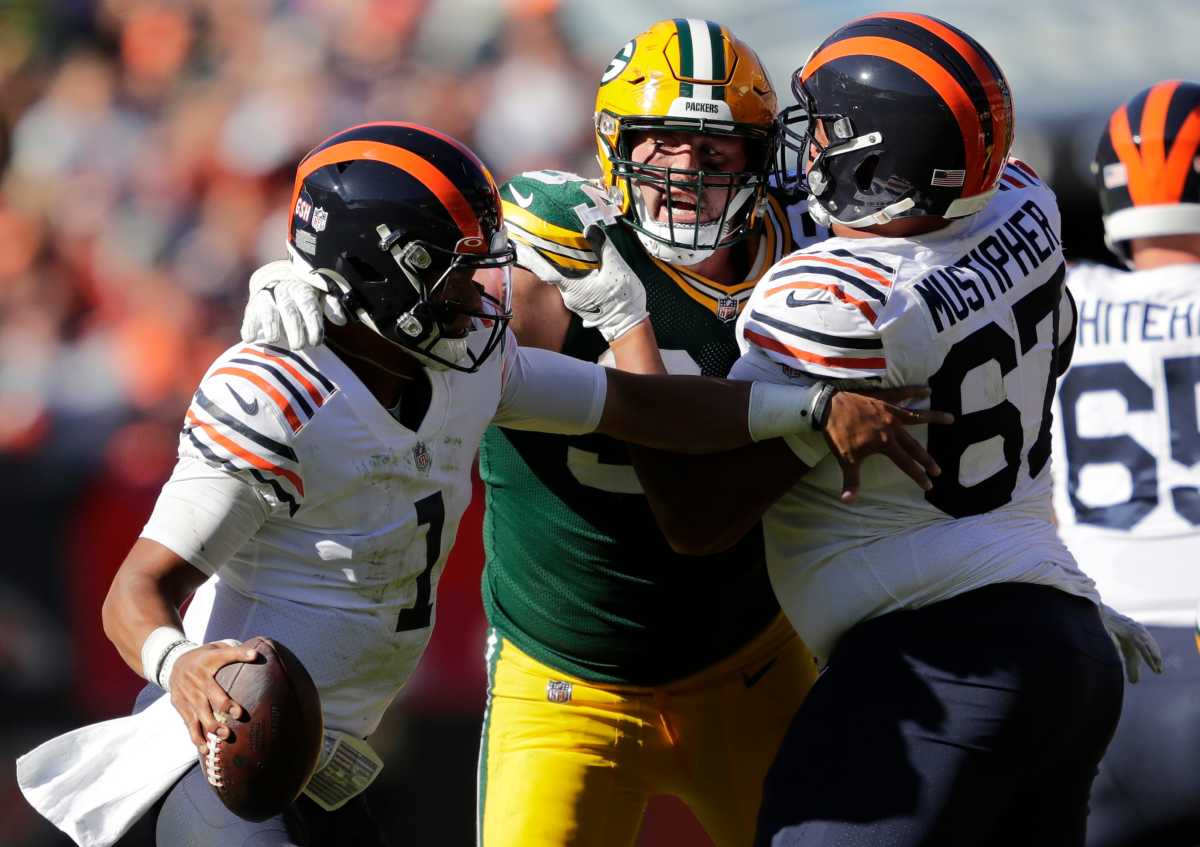
Lowry finished 17th in PFF’s pass-rushing productivity. His 42 pressures were three more than his combined total from the previous two seasons. However, against the run, his average tackle came 2.9 yards downfield and his 3.3 run-stop percentage ranked a terrible 126th out of the aforementioned 135 interior defenders. The team allowed 0.11 yards more per carry with Lowry on the field than when he was off. He did, however, match Clark’s unit lead with seven stuffs (a tackle at or behind the line vs. the run). His tackle rate of one for every 16.0 snaps was just a bit better than Clark.
In eight career playoff games, Lowry has zero sacks, zero quarterback hits and zero tackles for losses.
Grade: C.
Tyler Lancaster ($1.25 million cap charge; ranking No. 92 among IDL)
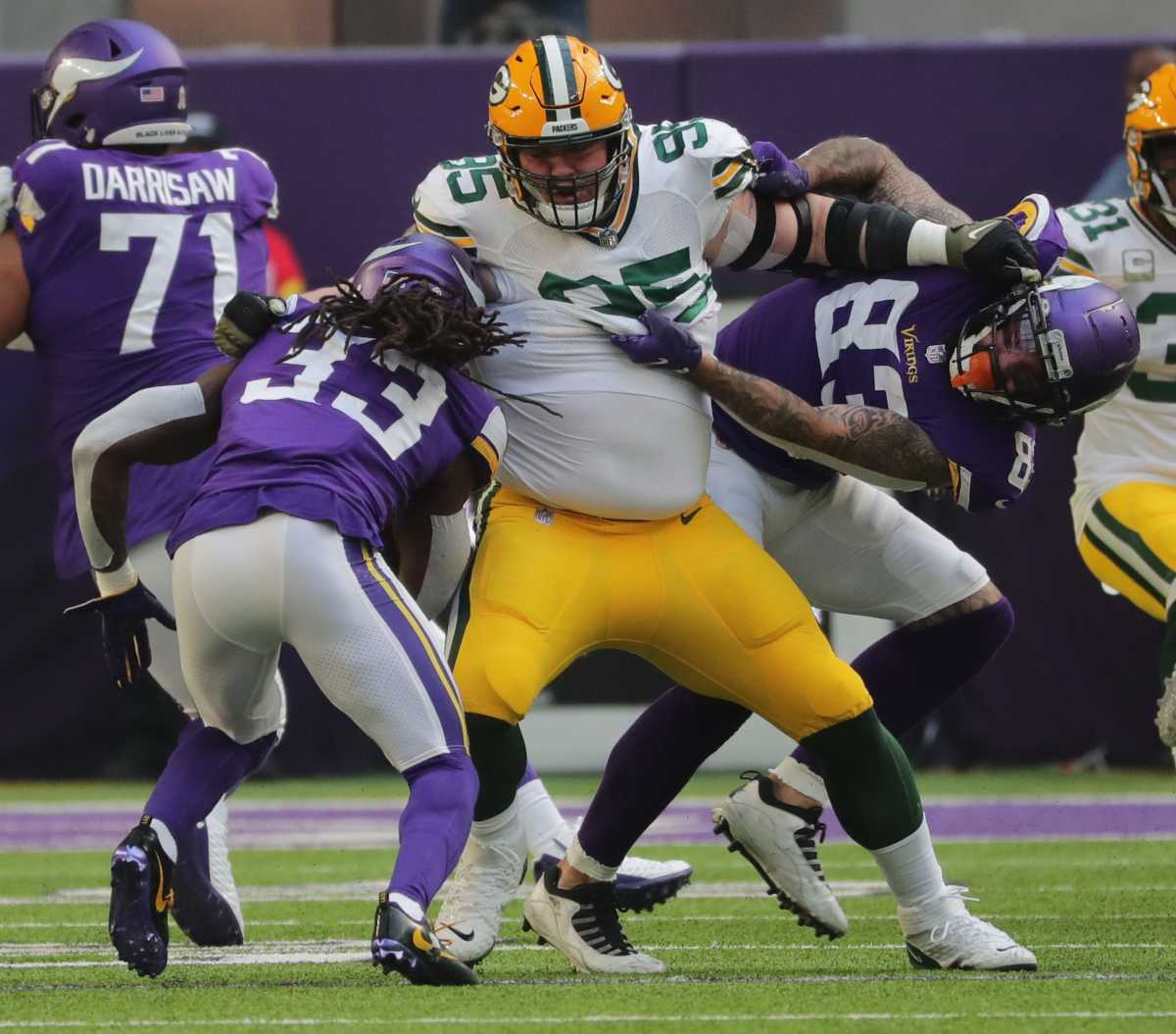
Lancaster did what he usually does: play no-nonsense run defense. His 31 tackles included three for losses. That TFL count matched his total from his first three seasons. Two of those came at Minnesota, when he delivered the best performance of his career. His season tackle rate was one for every 10.3 snaps, tops on the unit.
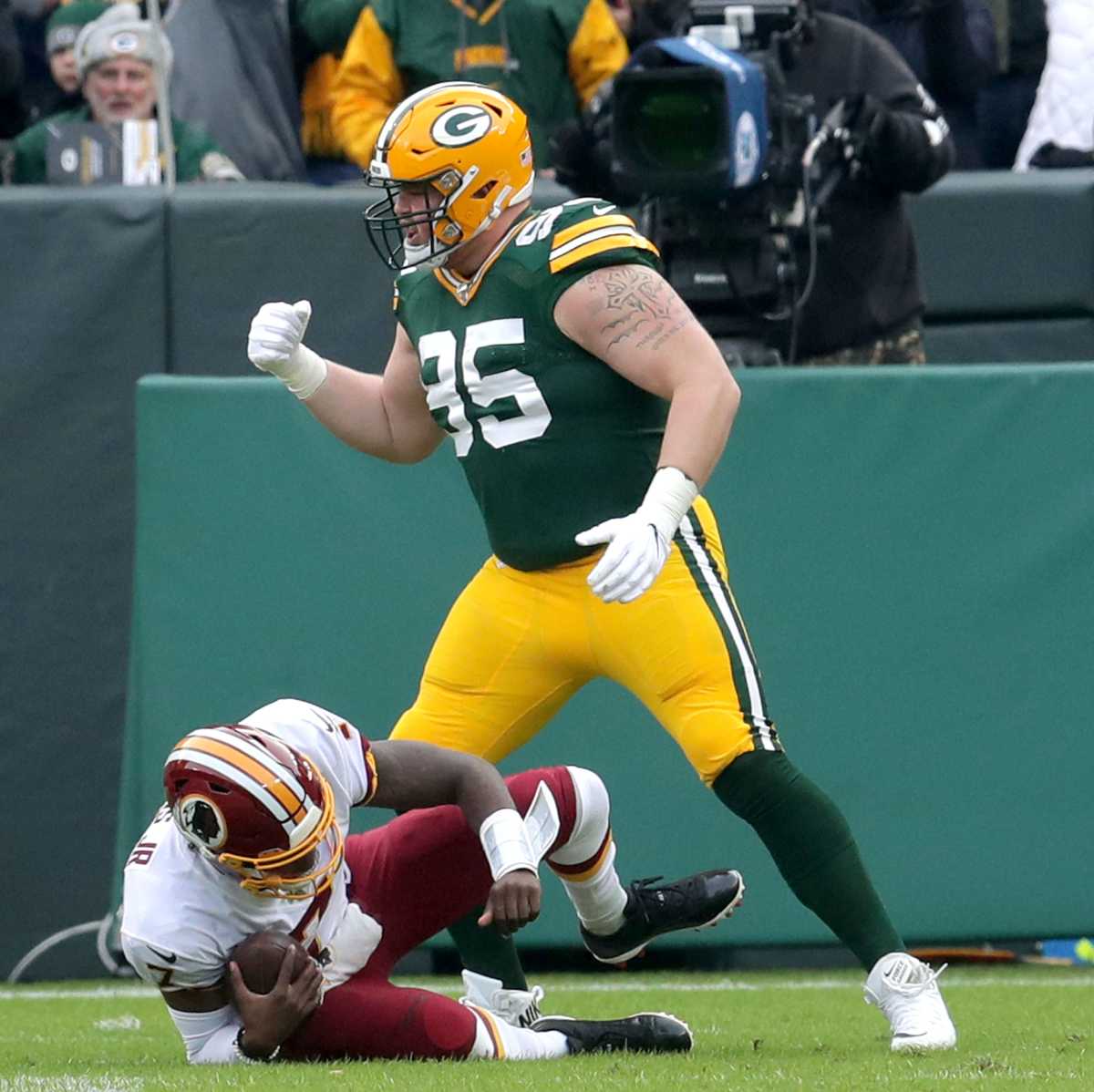
Of the 135 interior defensive linemen with at least 114 run-defending snaps, he tied for 23rd in PFF’s run-stop percentage. His average tackle came 2.3 yards downfield and he had six stuffs, one behind Clark and Lowry for the unit lead. The team’s run defense was a resounding 0.65 yards better when he was on the field. He did nothing as a pass rusher, though, ranking 120th out of 127 in PFF’s pass-rush productivity with just four pressures in 142 passing plays. In four seasons, he has 1.5 sacks and 20 pressures.
Lancaster will be a free agent. It’s not as if the team is bursting at the seams with run-stopping big guys.
Grade: C.
Kingsley Keke ($928,316 cap charge; ranking No. 118 among IDL)
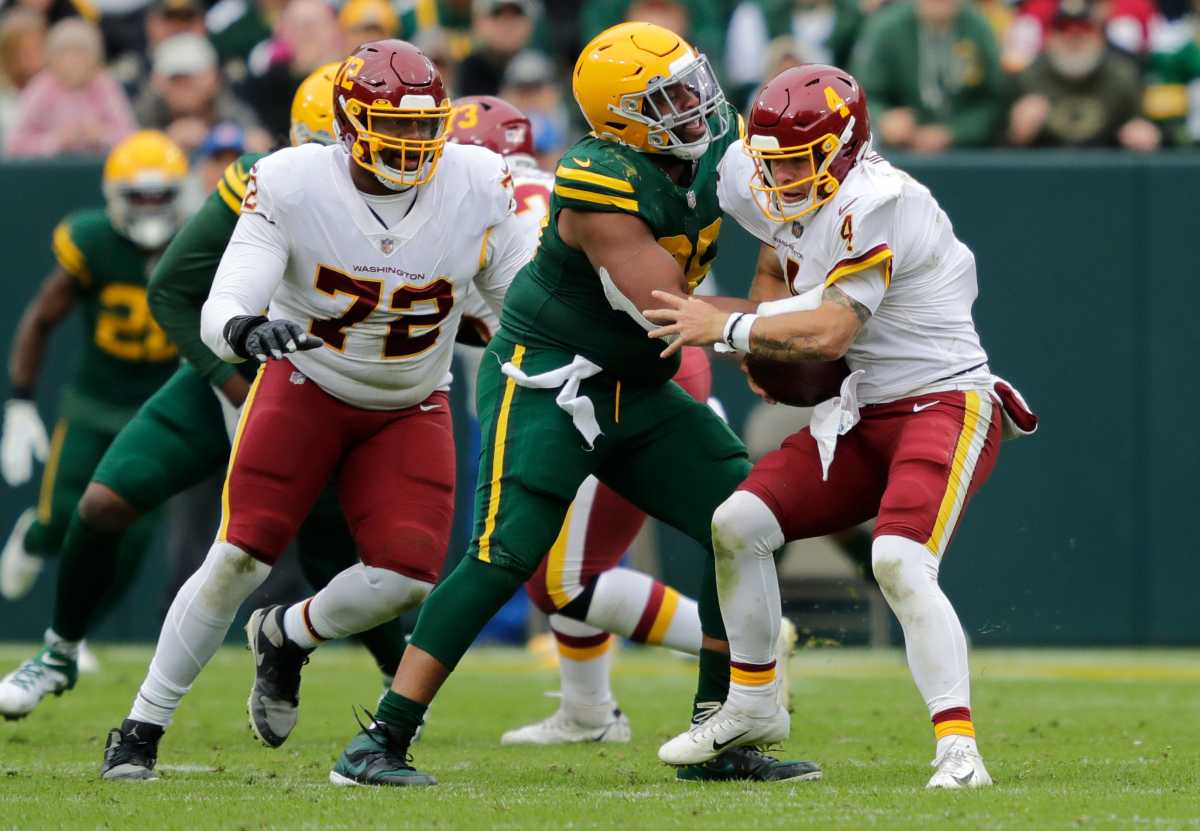
A fifth-round pick in 2019, Keke showed his promise last season with four sacks and eight quarterback hits in 15 games (nine starts). This season went horribly wrong, though. On the field, he was OK, with 2.5 sacks and four quarterback hits in 12 games (eight starts). He added 23 tackles, a tackle rate of one for every 17.1 snaps. However, he missed time with a concussion, was inactive for the final three games and released before the playoffs. Teams aren’t in a hurry to get rid of good players – especially big guys who can rush the passer – so the issues were more personality-related.
He ranked 33rd out of 127 interior defenders in PFF’s pass-rushing productivity with a career-high 24 pressures. Of 135 interior defenders, he ranked 70th in PFF’s run stop percentage. While average tackle came 3.3 yards downfield, the team’s run defense was 0.17 yards better when he was on the field.
Keke quickly landed with the Texans, so he’ll spend Year 4 closer to home. His performance on the field was worthy of a C-plus.
Grade: F.
TJ Slaton ($730,130 cap charge; ranking No. 149 among IDL)
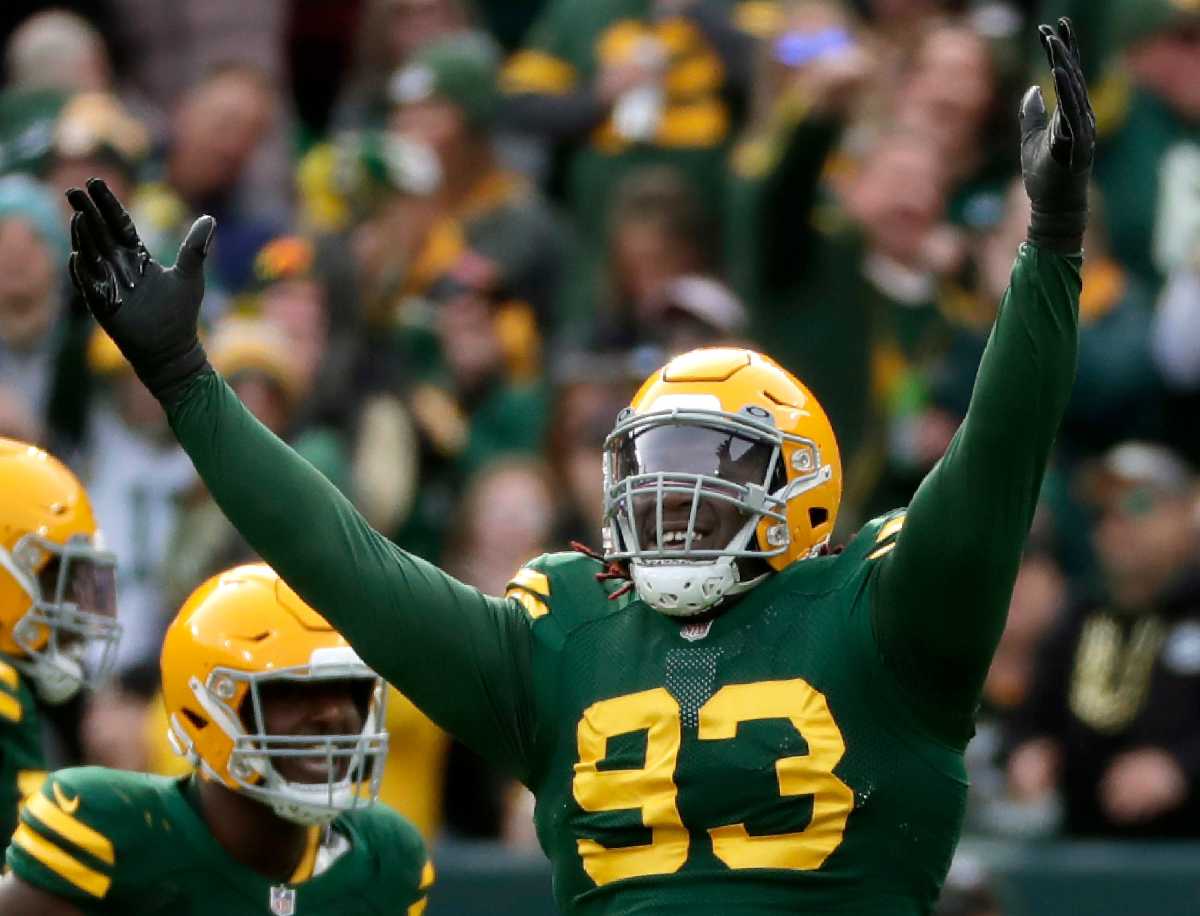
A fifth-round pick this year who was blessed with outstanding athleticism for his size, Slaton played 255 snaps, with almost half of those coming during the final four games. He finished with 23 tackles, one sack and two quarterback hits. His tackle rate was one for every 11.1 snaps.
Slaton finished 97th out of 127 in PFF’s pass-rushing productivity. Of his six pressures, three came against Seattle but only one came during the final seven games. For his size, he should have been a bigger asset vs. the run. He was 60th out of 135 in run-stop percentage. While he had zero stuffs and his average tackle came 3.3 yards downfield, the run defense was 0.71 yards better when he was on the field – the biggest difference among any defender getting regular playing time.
If the run defense is going to take a sizable step forward in 2022, it will be because of Slaton reaching his potential.
Grade: C-plus.
Jack Heflin ($662,333 cap charge; ranking No. 162 among IDL)
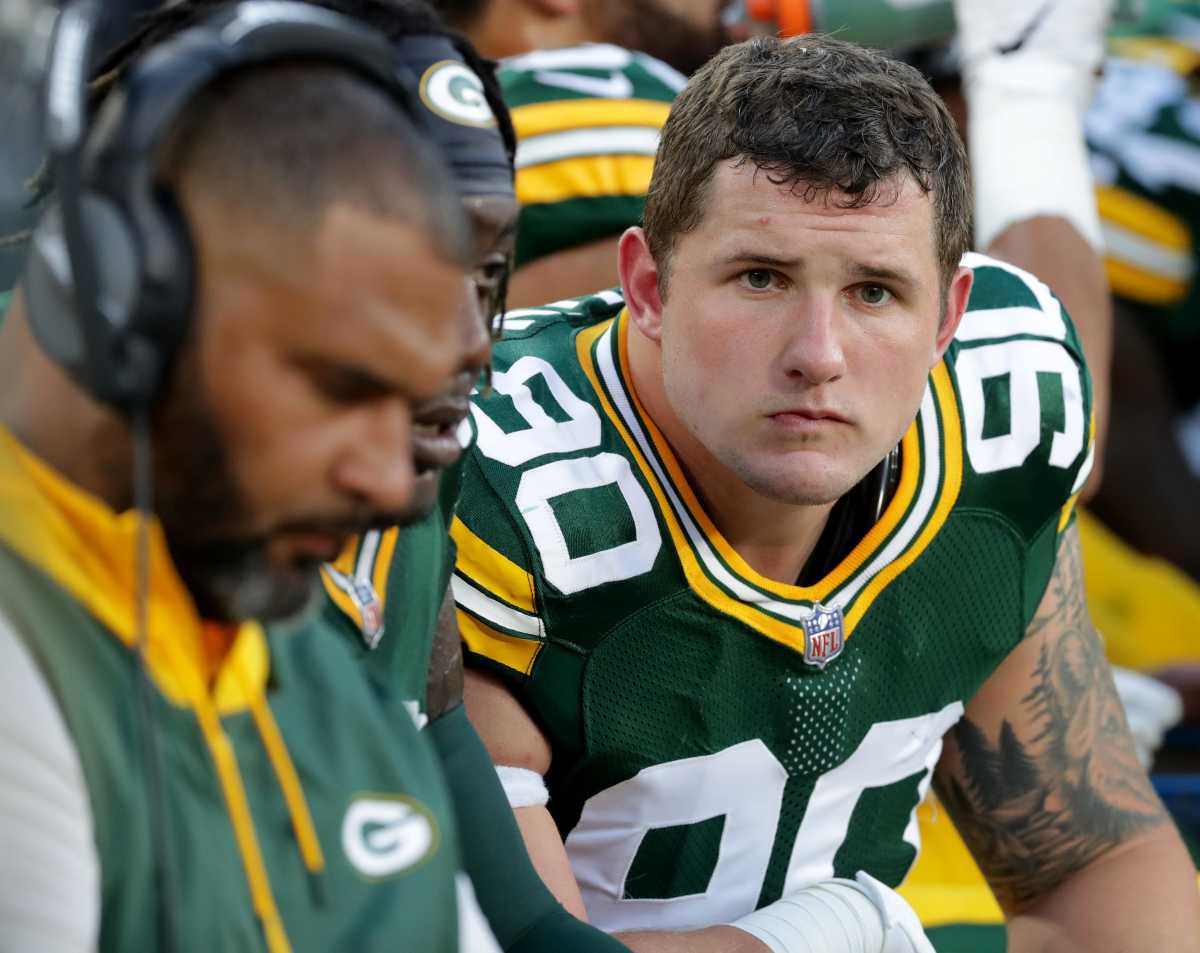
A college walk-on, Heflin was a great story in making the roster coming out of training camp. However, he barely played. Heflin’s 17 defensive snaps were split over three games. By season’s end, he had fallen behind practice-squad player Abdullah Anderson on the depth chart. He finished the season with just one assisted tackle.
Grade: F.
